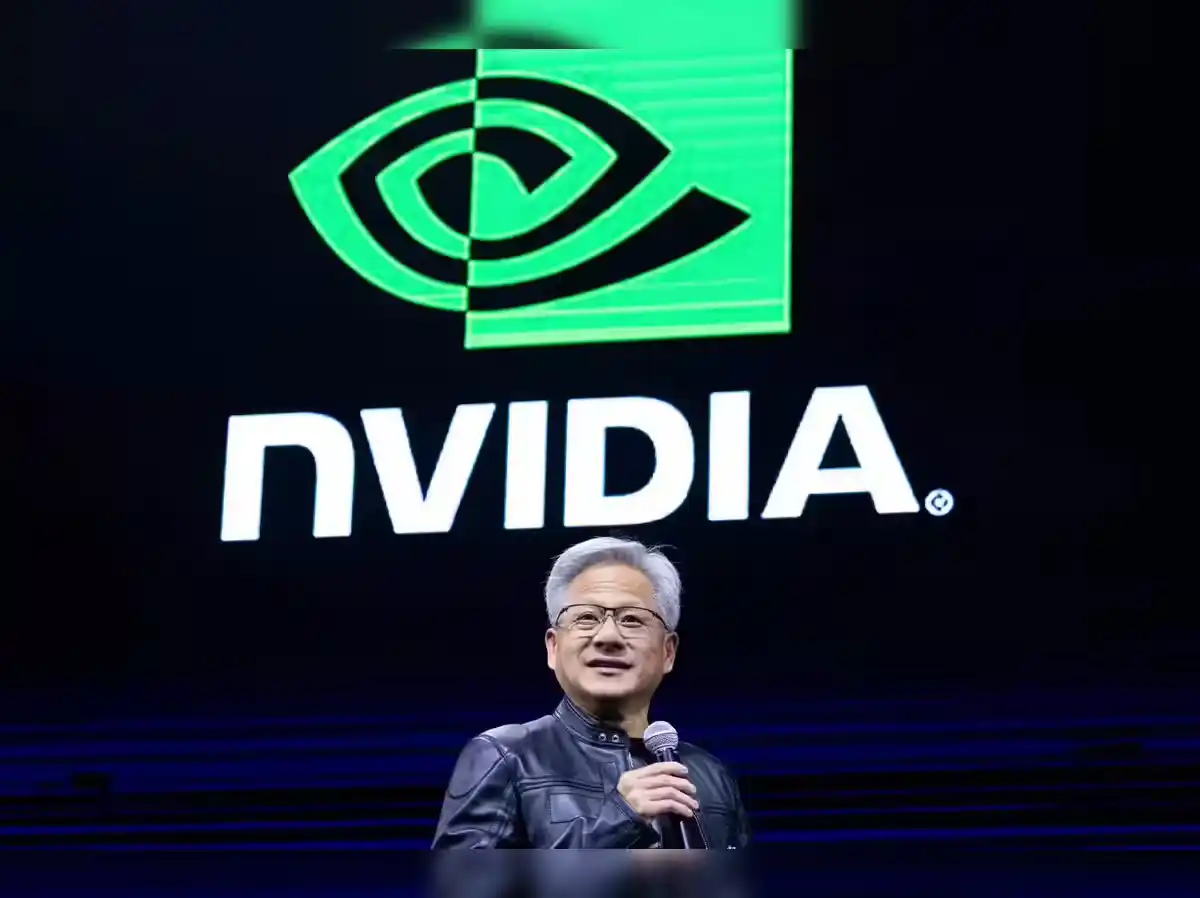In a span of just a few years, NVIDIA has transformed from a leading graphics card company to one of the most powerful players in the global tech landscape. While many still associate it with high-performance GPUs and gaming rigs, the real story happening behind the scenes is bigger—much bigger.
NVIDIA is no longer just building graphics chips. It’s building the infrastructure for the future of computing. And that future? It’s increasingly centered around artificial intelligence.
From AI model training to autonomous vehicles, supercomputing to robotics, NVIDIA is positioning itself not just as a part of the conversation, but as the backbone of it. Let’s take a deep look into how NVIDIA got here, what it’s doing right now, and why its next decade might make the last one look like a warm-up.
A Gaming Company at Its Core
For years, NVIDIA was synonymous with gaming. The GeForce brand was the go-to choice for gamers and PC enthusiasts who wanted bleeding-edge performance. Every product launch came with fanfare, benchmarks, and debates over frame rates and cooling solutions.
That space hasn’t gone away. In fact, it remains one of NVIDIA’s most visible markets. But if you look at where the company’s revenue is growing fastest, it’s no longer gaming that’s leading the charge.
AI—and the data centers powering it—is the new frontier.
CUDA Was the First Step
To understand NVIDIA’s rise in AI, you have to go back to CUDA.
In 2006, NVIDIA released CUDA, a parallel computing platform and programming model. At the time, it felt like a niche move—something for researchers and engineers. But what it really did was open up NVIDIA’s GPUs to more than just games. Suddenly, these chips could be used for scientific simulations, data analytics, and eventually… machine learning.
CUDA gave developers the tools to run complex models on GPUs instead of CPUs. That shift unlocked huge speed gains. And when deep learning started taking off in the early 2010s, NVIDIA was already positioned to take advantage of it.
No one else had hardware as fast or as programmable. CUDA became the secret weapon.
The AI Boom Made NVIDIA a Giant
Fast forward to today, and NVIDIA GPUs are the heart of nearly every large-scale AI operation. Whether it’s OpenAI training a new language model or Tesla refining self-driving software, chances are the heavy lifting is happening on NVIDIA silicon.
Their H100 and A100 chips are now industry standards for data centers. They’re built not for gaming, but for tensor computations, massive parallelism, and ultra-efficient performance per watt.
AI companies don’t just want them—they need them.
That’s created something of a gold rush. The demand for GPUs has outpaced supply. Entire startups have been built around access to NVIDIA hardware. Cloud platforms are creating GPU-only subscription tiers. And NVIDIA? It’s riding the wave straight to the top of the stock market.
Revenue Explosion and Market Value
NVIDIA’s financials over the last few quarters have been staggering.
Data center revenue has eclipsed gaming for the first time in the company’s history. In just one year, total revenue jumped dramatically, fueled almost entirely by AI. The company briefly joined the $3 trillion market cap club—a position usually reserved for the Apples and Microsofts of the world.
And this isn’t a short-term blip. Analysts are projecting sustained growth as more industries adopt AI solutions that require high-end hardware.
What makes it even more impressive is that NVIDIA doesn’t just sell chips. It sells the full stack—hardware, software, networking, and tools. It’s not just in the race; it’s laying the track.
NVIDIA DGX and AI Supercomputing
One of NVIDIA’s most ambitious plays is DGX. These are supercomputing systems designed for enterprise AI workloads. They’re used by research labs, government agencies, and Fortune 500 companies to train large-scale models that would overwhelm traditional server infrastructure.
Each DGX system can cost hundreds of thousands of dollars. But for companies working in language modeling, drug discovery, or climate simulations, they’re worth every penny.
NVIDIA doesn’t just sell the hardware—it also offers DGX Cloud. That means you can access supercomputer performance through the cloud, without needing to own the machines yourself.
This strategy mirrors what Amazon did with AWS. It’s not just about selling a product. It’s about selling capability.
The Acquisition That Didn’t Happen
In 2020, NVIDIA made a bold move to acquire Arm Holdings, the British chip designer responsible for architecture found in billions of devices. The deal, valued at $40 billion, would have been a historic merger of two major forces in the chip world.
But regulators around the globe stepped in, citing concerns over competition, innovation, and neutrality. The deal was blocked, and NVIDIA ultimately walked away.
Despite the setback, the attempt showed NVIDIA’s ambition. It doesn’t just want to dominate the GPU market. It wants to influence the entire computing stack—from mobile to cloud to edge.
And that ambition hasn’t gone anywhere.
What About Gaming?
While AI is grabbing headlines, gaming is still an important part of NVIDIA’s business. The GeForce RTX 4000 series continues to push graphical performance, and technologies like DLSS (Deep Learning Super Sampling) are reshaping how games are rendered.
DLSS is particularly noteworthy because it uses AI to improve frame rates without sacrificing image quality. It’s one of those rare cases where something developed for enterprise AI found its way into mainstream gaming.
So no, NVIDIA hasn’t forgotten its roots. But it’s clear that gaming, while still profitable, is no longer the crown jewel.
Challenges Ahead
Of course, no rise is without friction. NVIDIA’s reliance on AI has exposed it to cyclical risks. If AI demand slows—or if a cheaper, better alternative to GPUs emerges—growth could stall.
There’s also the matter of competition. AMD and Intel are both investing heavily in AI accelerators. Startups like Cerebras and Graphcore are trying to undercut NVIDIA’s dominance with new architectures. And let’s not forget the big cloud players like Google and Amazon, who are developing their own chips (TPUs and Trainium) to reduce reliance on external suppliers.
NVIDIA’s moat is deep, but the sharks are circling.
The Blackwell Generation
Looking ahead, NVIDIA is preparing to launch its Blackwell architecture—next-gen chips that promise even more performance for AI training and inference.
Blackwell could be the key to powering AI models that are 10x or 20x larger than today’s standards. If it delivers, it’ll cement NVIDIA’s role in the next stage of AI development, from GPT-5-style models to autonomous agents and real-time robotics.
Early whispers suggest a jump in memory efficiency, energy usage, and data throughput. In other words, Blackwell could make today’s most advanced AI systems feel slow.
Final Thoughts
NVIDIA is no longer just a graphics company. It’s not just about GPUs, ray tracing, or gaming anymore. It’s something else entirely—a platform provider for the next era of computing.
Its rise has been years in the making, driven by a mix of technical vision, smart investments, and a bit of luck. But now that it’s here, the company isn’t just participating in the AI revolution—it’s powering it.
And if history is any guide, NVIDIA won’t stop here. It will keep pushing, keep building, and keep reshaping the boundaries of what’s possible with silicon.
The real question is: who, if anyone, can catch up?

